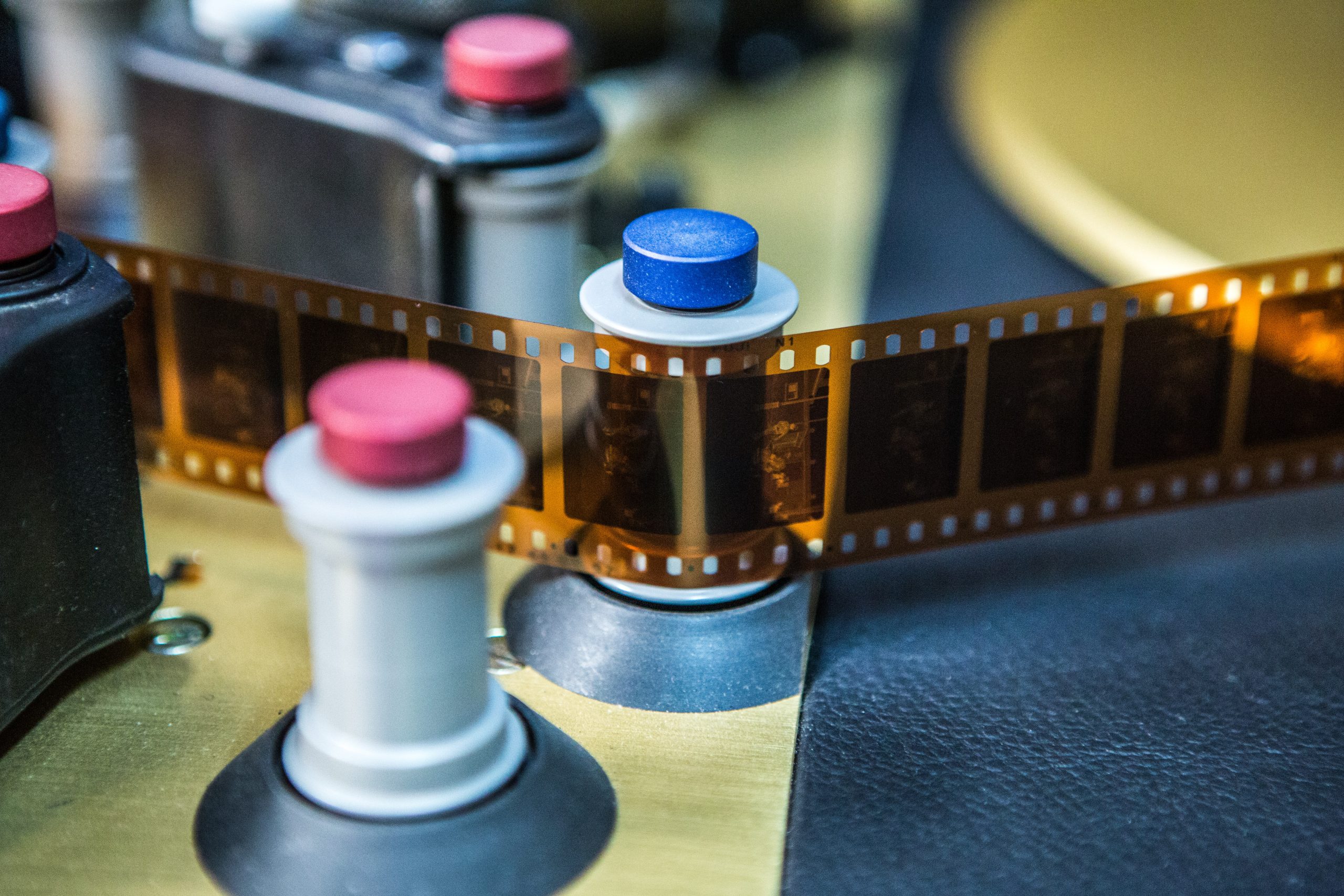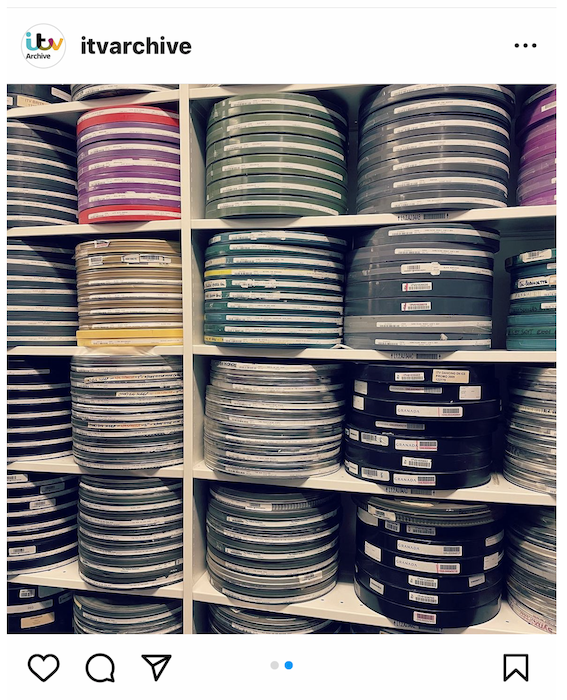Using Archive Footage in Documentaries
27 November 2023The ITV Content Services digitisation and restoration teams have had the pleasure of working on some incredible projects over the years both internally and also externally with many talented production houses. Using archive footage in documentaries that has been digitised from film and other legacy formats and then carefully and sympathetically restored, has enabled content creators to repurpose this material and use it once more to help tell their stories to new audiences.
In celebration of the inspirational use of archive footage within documentaries, here are three multi-award winning examples of the genre along with some of the reasons we believe they are befitting of the praise and critical acclaim that they received.
The Beatles : Get Back (2021)
Director : Peter Jackson
Peter Jackson’s documentary series “Get Back” is a groundbreaking cinematic achievement in the use of archive footage. By meticulously restoring and colourising hours of material from The Beatles’ recording sessions, Jackson provides an intimate and unprecedented look into the creative process of one of the greatest bands in history. The archive footage is not merely a historical artefact but a vibrant canvas that breathes new life into the past.
Jackson’s decision to present the footage in colour adds a contemporary dimension to the documentary, fostering a sense of immediacy that transcends the temporal gap. The director masterfully navigates through the wealth of material, capturing moments of camaraderie, artistic exploration, and occasional tension, allowing the audience to witness The Beatles’ dynamic in a more nuanced light.
However, some purists may argue that the colourisation compromises the authenticity of the original black-and-white footage. While this is a valid concern, Jackson’s approach introduces a fresh perspective and ensures that the documentary appeals to a broader audience. Overall, “Get Back” stands as a testament to the transformative power of archival material when placed in the hands of a skilled storyteller.
I Am Not Your Negro (2016)
Directed : Raoul Peck
“I Am Not Your Negro” masterfully employs archive footage to enhance its narrative and illuminate the historical context of James Baldwin’s powerful words. Director Raoul Peck skilfully integrates a rich tapestry of visual material, seamlessly blending archival clips from the Civil Rights era with Baldwin’s insightful commentary. This technique not only provides a historical backdrop but also immerses viewers in the visceral reality of the struggles faced by African Americans during that time.
The use of archive footage serves as a poignant reminder of the harsh realities of racial inequality, effectively transporting the audience to pivotal moments in history. The juxtaposition of historical events with Baldwin’s contemporary relevance creates a compelling dialogue between the past and present, highlighting the persistent challenges of systemic racism.
Moreover, the carefully curated visuals deepen the emotional impact of Baldwin’s words, making the documentary a visceral and immersive experience. The director’s judicious selection of footage enhances the film’s authenticity, making it a powerful testament to the enduring relevance of Baldwin’s message. Overall, the skilful incorporation of archive footage in “I Am Not Your Negro” elevates the documentary, providing both a historical context and a visceral connection to the ongoing struggle for racial justice.
Russia 1985–1999: TraumaZone (2022)
Director : Adam Curtis
Adam Curtis’s artistic use of archive footage in “Russia 1985-1999” transcends traditional documentary storytelling, creating a cinematic collage that is both visually striking and intellectually stimulating. Curtis, known for his distinctive style, skilfully weaves together a myriad of historical snippets, newsreels, and interviews, forming a tapestry that resonates with complexity and depth.
The archive footage serves as more than a mere historical record; it becomes a medium through which Curtis crafts a narrative that is both poetic and thought-provoking. The juxtaposition of images creates a visual symphony that captures the multifaceted nature of Russia’s political and social landscape during the specified period. Curtis uses the medium not just to inform but to evoke emotions, inviting viewers to engage with history on an aesthetic and emotional level.
The choice of visuals, coupled with Curtis’s evocative storytelling, transforms the documentary into a unique form of visual art. The deliberate pacing and careful selection of footage contribute to an immersive experience that challenges conventional documentary norms, making “Russia 1985-1999” a compelling artistic exploration of history through the lens of one of cinema’s most distinctive voices.
If you would like to discuss accessing and/or unlocking the potential of any film or tape archive footage then please get in contact with our team and we will be delighted to help you.
ITV Content Services
104 Kirkstall Road
Leeds
LS3 1JS
www.itvcontentservices.com
Email:content.services@itv.com




